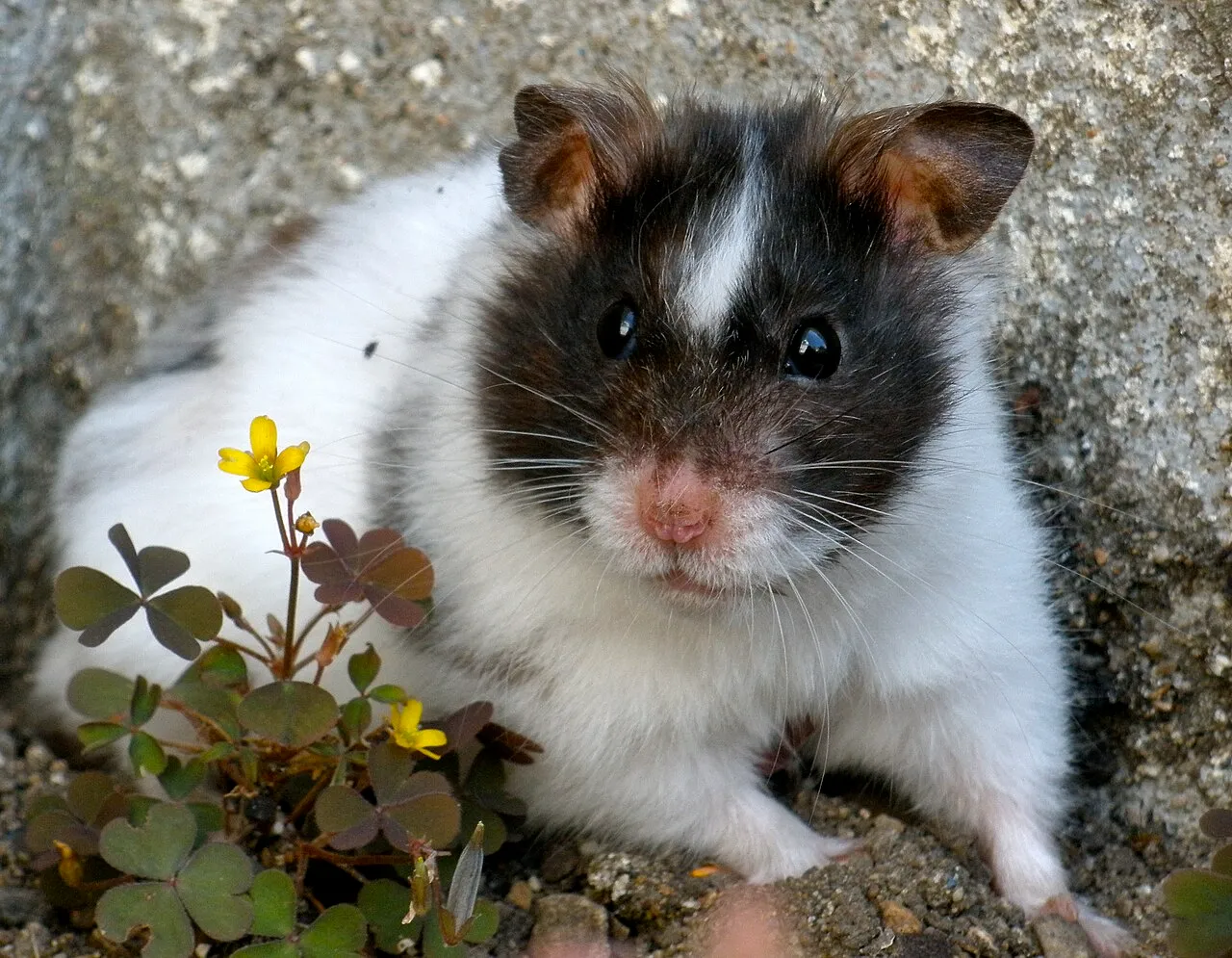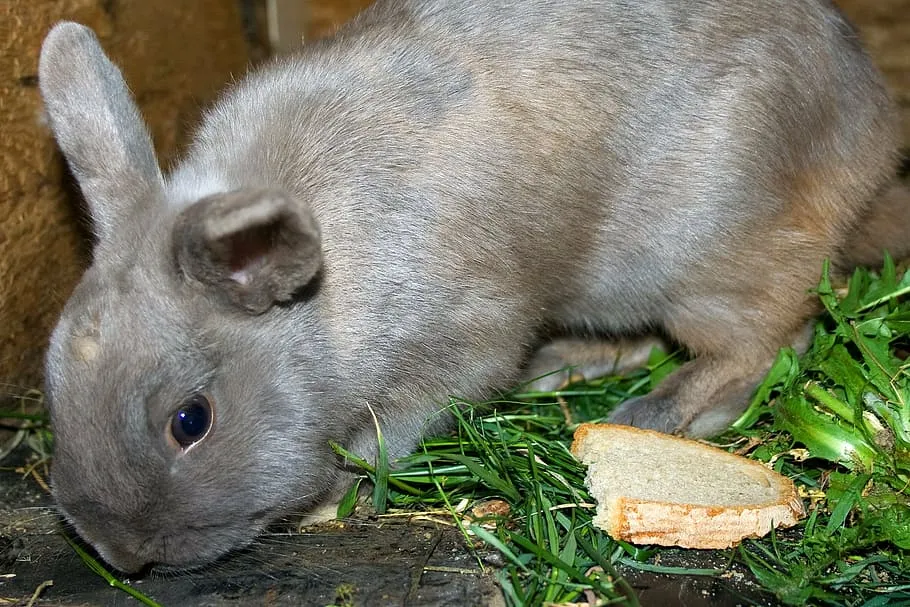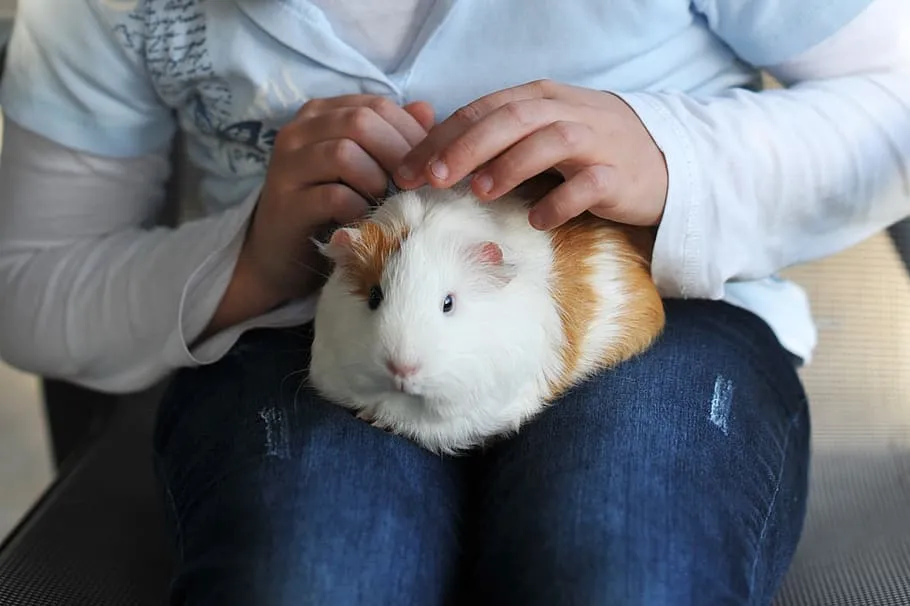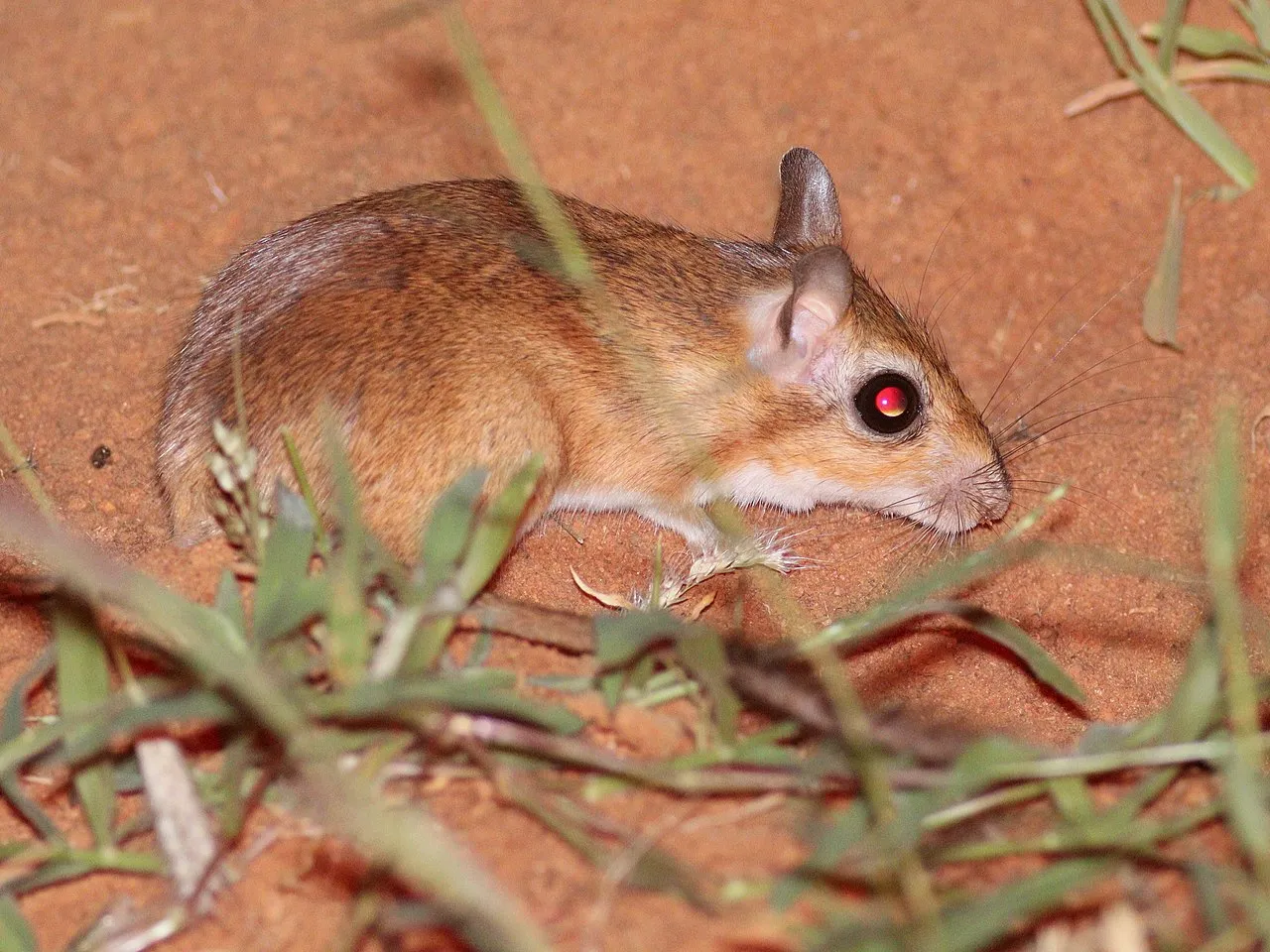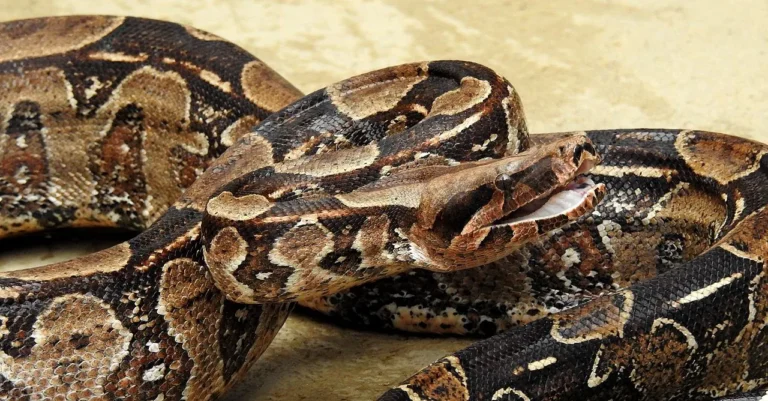Guinea Pig Vs Bunny Size, Weight, Overall Comparison
Comparing guinea pigs and bunnies delves into considerations such as sociability, behavior, and care requirements, aiding potential pet owners in making an informed decision between these adorable small animals.
I. General Characteristics:
– Guinea pigs are often considered more docile than rabbits, displaying a calm demeanor. Rabbits, conversely, tend to be more social with humans and may require more space. Both animals are herbivores with similar dietary needs, emphasizing the importance of a balanced diet and regular exercise.
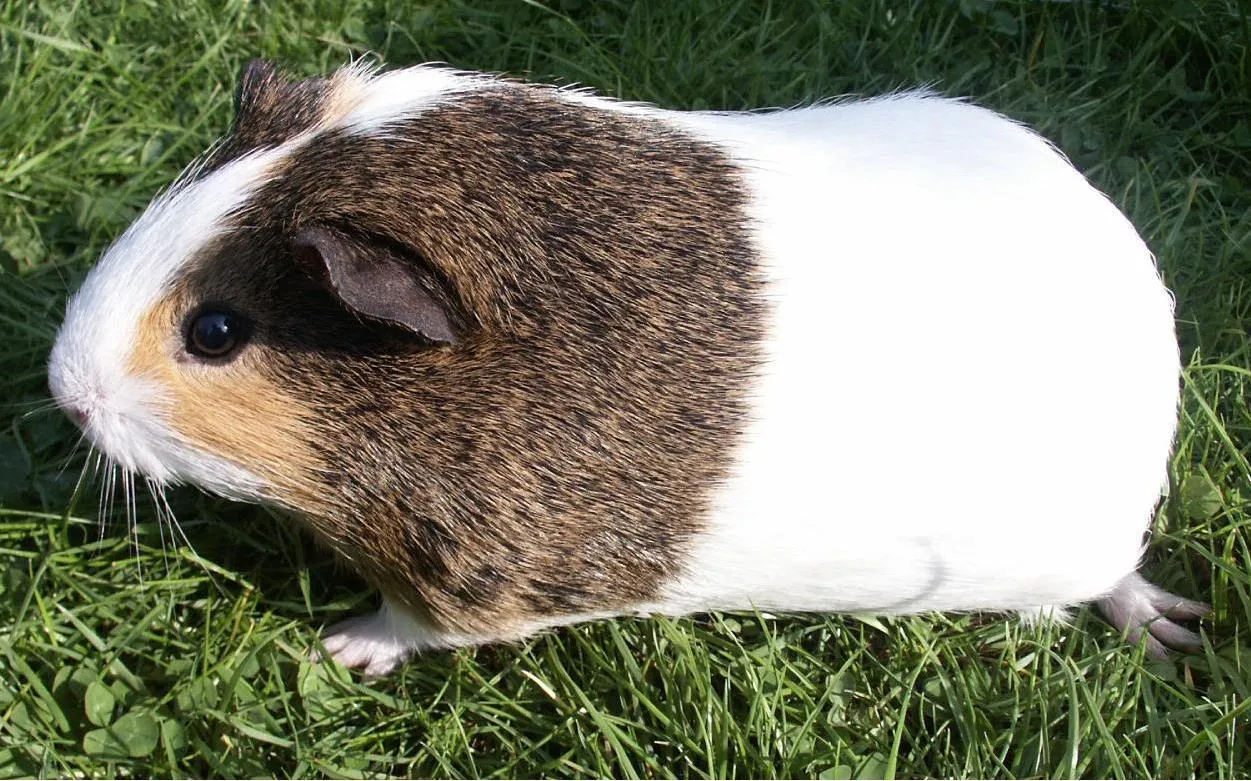
II. Sociability and Behavior:
– Guinea pigs are known for their calm and timid nature, making them suitable for families seeking a gentle and relaxed companion. Rabbits, on the other hand, are generally more sociable with humans and often express themselves through body language rather than vocalizations. Understanding the behavioral nuances helps in choosing a pet that aligns with the owner’s preferences.
III. Housing and Space Requirements:
– Guinea pigs are typically easier to house than rabbits, as they can be kept in cages full time, provided the enclosure is appropriately sized. Rabbits, however, may require more space due to their sociable nature, necessitating a larger living area with ample room for exercise, exploration, and social interaction.
IV. Handling and Temperament:
– Guinea pigs tend to be less hands-off in terms of handling, making them suitable for families with varying comfort levels in pet interaction. Rabbits are generally quieter and may prefer expressing affection through body language, offering a different dynamic in terms of bonding and interaction.
V. Lifespan and Health Considerations:
– Guinea pigs have an average lifespan of 4-6 years, while rabbits can live longer, ranging from 8 to 12 years. Understanding the lifespan and potential health considerations of each species is crucial for individuals committed to providing proper care and attention throughout their pet’s life.
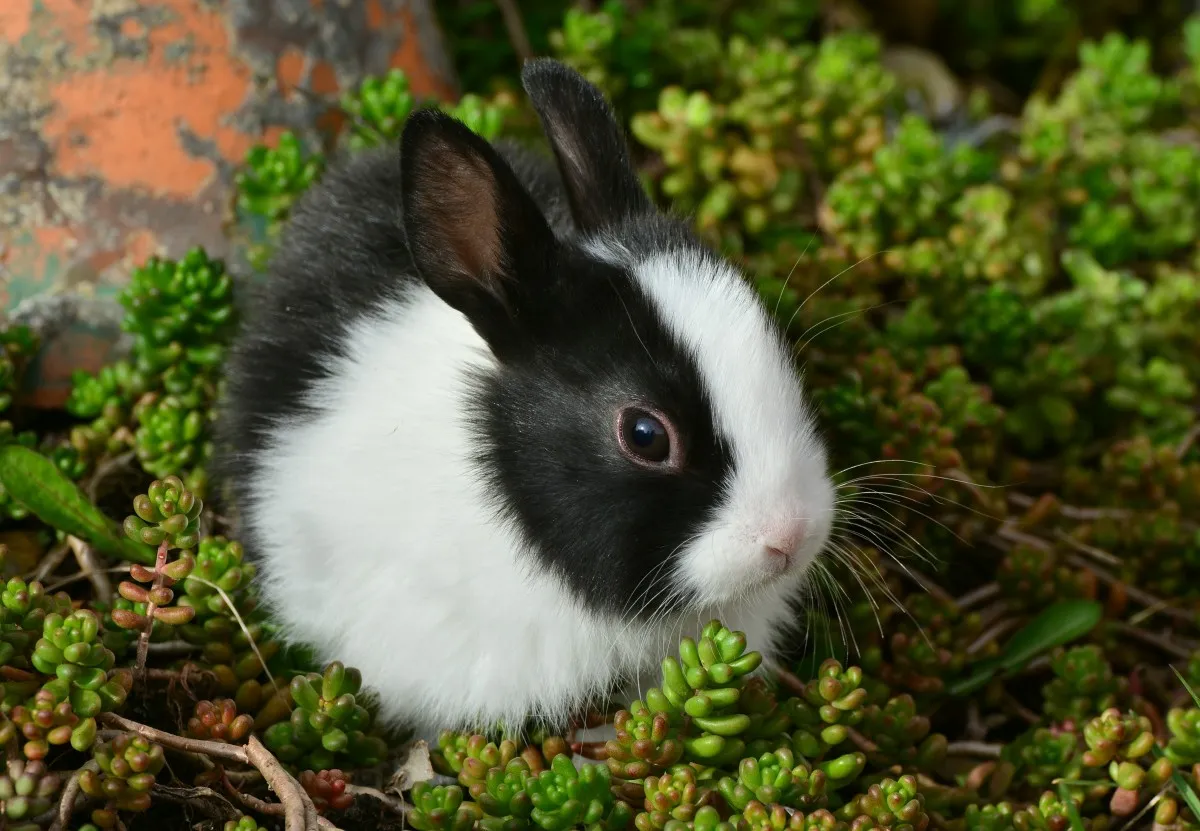
VI. Adoption and Lifestyle Factors:
– Considering factors like the pet’s sociability, space requirements, and handling preferences enables potential owners to make a choice that aligns with their lifestyle. Whether opting for a guinea pig or bunny, both can make wonderful companions, but individual traits and care requirements should be considered to ensure a harmonious pet-owner relationship.
*Details of Comparison
| Criteria | Guinea Pig | Bunny |
| Size and Appearance | Small, compact, various fur colors |
Larger, elongated body, diverse fur patterns
|
| Weight | 1.5-2.5 pounds | 2-5 pounds |
| Dentition and Bite Force | Moderately strong |
Strong, especially with hind legs
|
| Physical Abilities | Limited offensive and defensive |
Powerful hind legs for defense and speed
|
| Speed and Agility | Moderate speed, limited agility |
Higher speed, highly agile
|
| Senses | Keen hearing and smell, limited vision |
Keen hearing and smell, broad vision
|
| Habitat and Range | Grasslands in South America |
Adaptable globally, various habitats
|
| Tracks | Small, rounded footprints |
Larger tracks with hind leg imprints
|
| Lifespan | 5-7 years | 7-10 years |
| Mode of Feeding | Herbivorous |
Herbivorous, varied diet
|
| Intelligence | Social intelligence |
Problem-solving abilities
|
| Social Behavior | Form close-knit groups |
Social, form close bonds
|
| Reproduction and Parental | Prolific breeders, maternal care |
Prolific breeders, maternal care
|
| Proximity to Humans | Popular pets, adapted to human environments |
Popular pets, adapted to human environments
|
| Behavior Toward Humans | Generally docile, sociable behavior |
Varied, some sociable, some may be aggressive
|
| Danger Posed to Humans | Minimal, may nibble |
Some risk of scratching or biting
|
| Conservation Status | Domesticated, not under threat |
Some wild species may face conservation concerns
|
1. Taxonomy:
Guinea Pig (Cavia porcellus):
Kingdom: Animalia
Phylum: Chordata
Class: Mammalia
Order: Rodentia
Family: Caviidae
Genus: Cavia
Species: porcellus
Bunny (Oryctolagus cuniculus):
Kingdom: Animalia
Phylum: Chordata
Class: Mammalia
Order: Lagomorpha
Family: Leporidae
Genus: Oryctolagus
Species: cuniculus
2. Appearance:
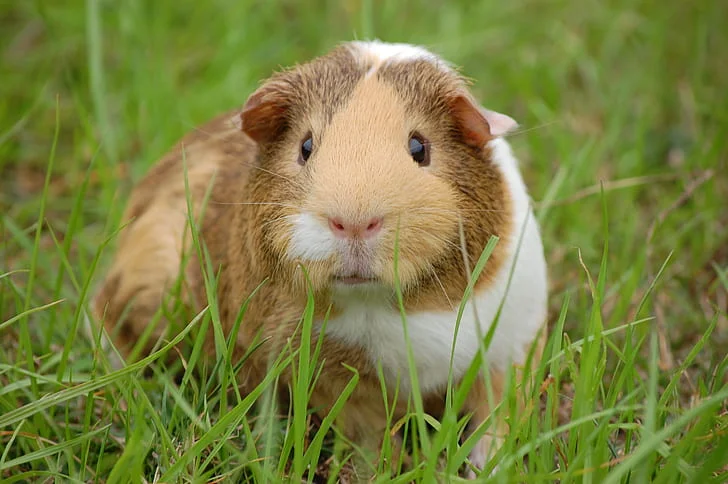
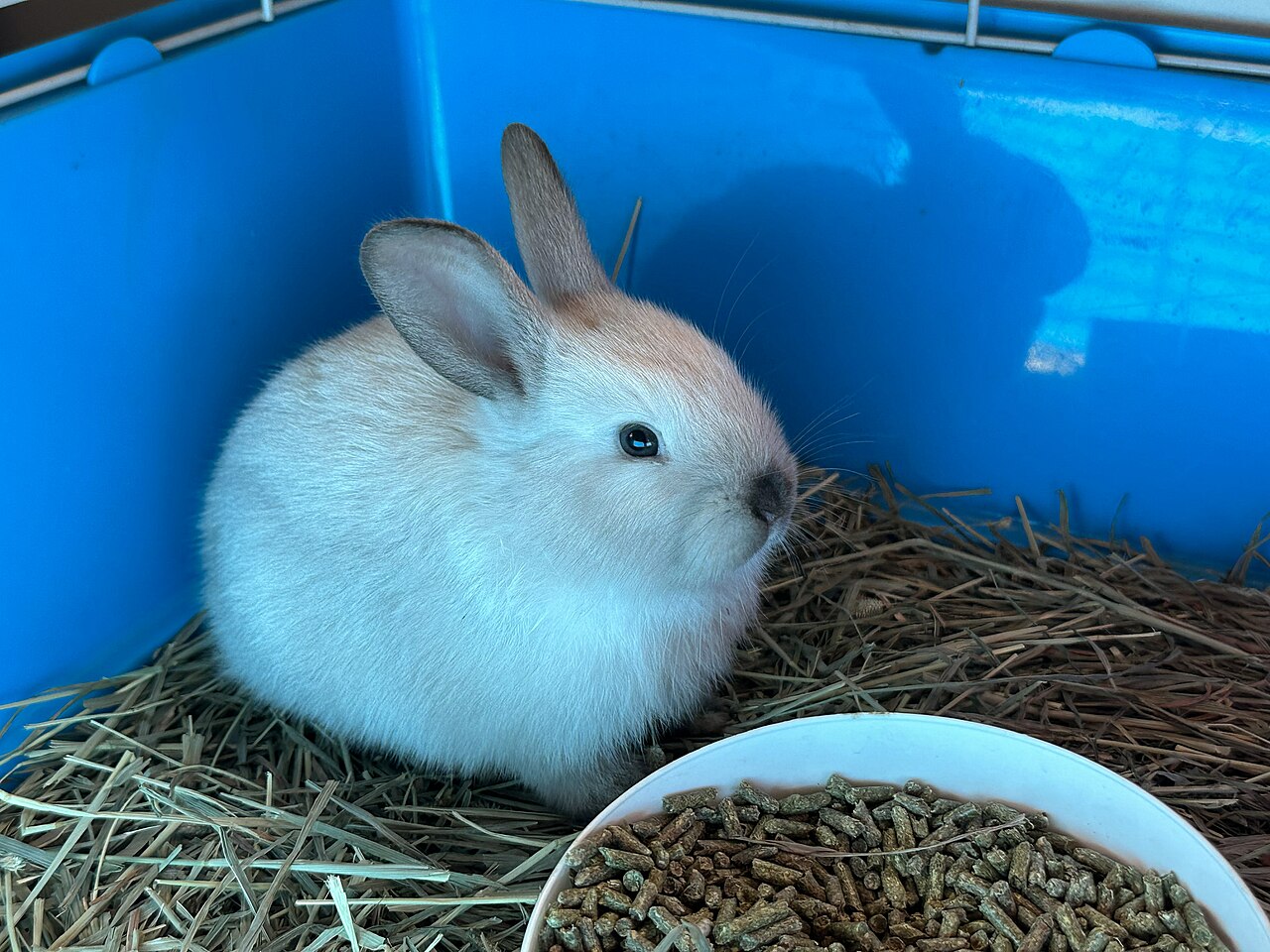
Guinea Pig:
Compact, rounded body with short legs.
Fur comes in various colors and patterns.
Prominent, small ears and a short, blunt nose.
Average length: 8-10 inches.
Bunny:
Elongated body, long ears, and powerful hind legs.
Fur varies widely, adapting to different environments.
Prominent eyes and a distinctive nose twitch.
Average length: 16-20 inches.
Comparison: Guinea pigs have a more compact and rounded appearance, while bunnies are characterized by elongated bodies and powerful hind legs.
Ecological Implications: Guinea pigs’ compact size may aid in navigating dense vegetation, while bunnies’ elongated bodies are adaptive for running in open habitats. These features influence their ecological niches and foraging strategies.
3. Size:
Guinea Pig:
Small and compact in size.
Weighs around 1.5-2.5 pounds.
Bunny:
Larger in size compared to guinea pigs.
Weighs around 2-5 pounds.
Comparison: Guinea pigs are smaller and more compact, whereas bunnies exhibit a larger size, emphasizing their different ecological roles.
Ecological Implications: Size influences resource requirements and ecological niches; guinea pigs may have different dietary needs and habitats compared to larger bunnies.
4. Weight:
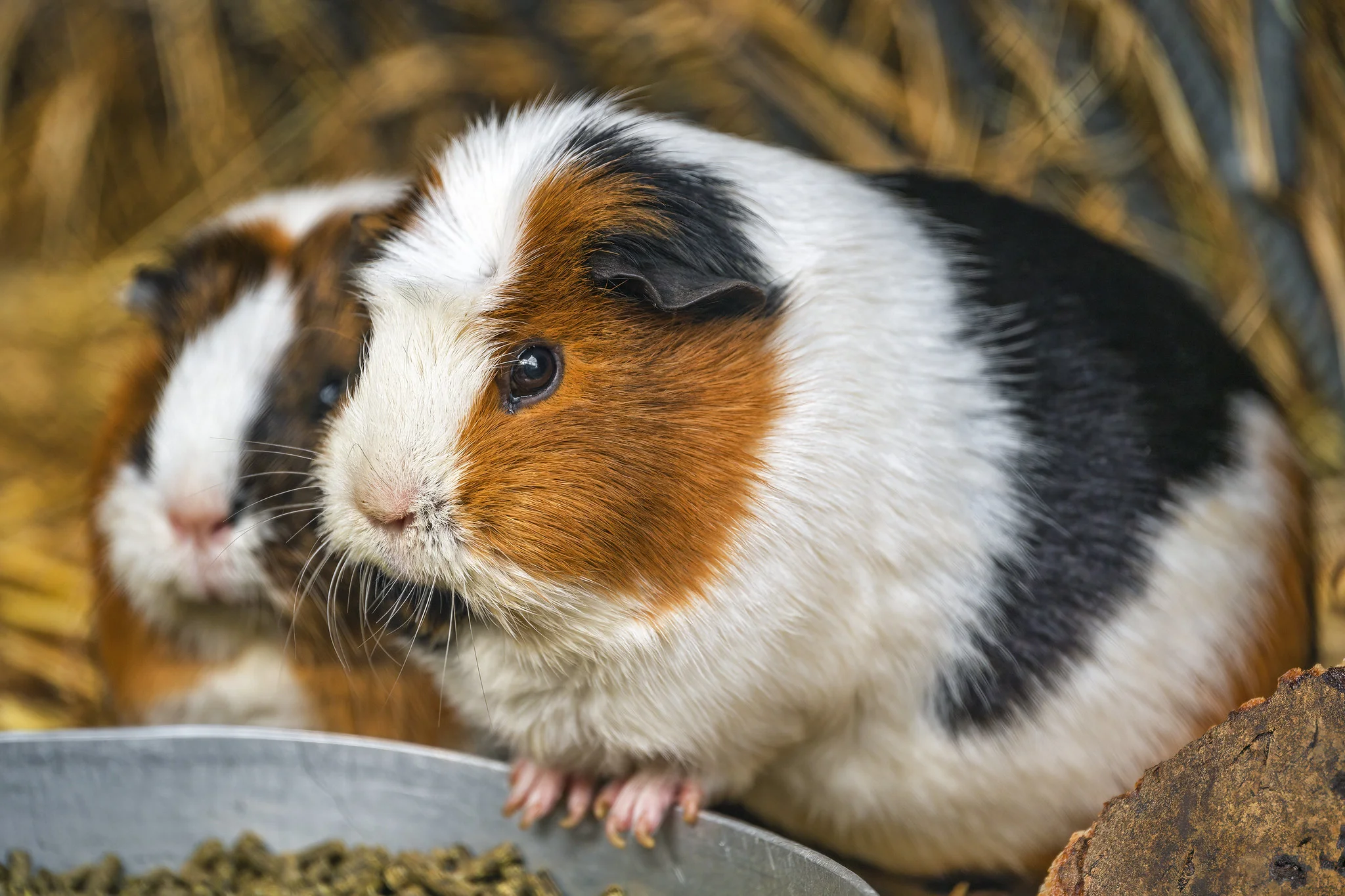
Guinea Pig:
Typically weighs 1.5-2.5 pounds.
Bunny:
Generally weighs 2-5 pounds.
Comparison: Guinea pigs are lighter in weight compared to bunnies, reflecting their distinct physiological and behavioral adaptations.
Ecological Implications: Weight affects mobility, energy expenditure, and dietary demands. These differences play a role in the ecological roles and niches each species occupies.
5. Dentition and Bite Force (PSI):
Guinea Pig:
Herbivorous with continuously growing incisors.
Bite force measured in pounds per square inch (PSI) is moderate.
Bunny:
Herbivorous with continuously growing incisors.
Generally possesses a stronger bite force compared to guinea pigs.
Comparison: Bunnies tend to have a stronger bite force than guinea pigs, which correlates with their distinct feeding habits and ecological roles.
Ecological Implications: Bite force influences feeding strategies and the ability to access different types of vegetation, contributing to the ecological balance within their habitats.
6. Physical Offensive Advantages:
Guinea Pig:
Limited offensive capabilities, relying more on evasion and hiding.
Bunny:
Strong hind legs allow for powerful kicks as a defensive measure.
Comparison: While guinea pigs are generally non-aggressive, bunnies possess defensive advantages through powerful hind leg kicks.
Ecological Implications: Defensive strategies contribute to the survival of both species in their respective habitats, influencing interactions with predators and competitors.
7. Physical Defensive Advantages:
Guinea Pig:
Relies on hiding and fleeing to avoid predators.
Bunny:
Quick and agile movements, enhanced by powerful hind legs.
Comparison: Guinea pigs use evasion and hiding as primary defensive strategies, while bunnies rely on agility and swift movements.
Ecological Implications: These defensive mechanisms contribute to the overall survival strategies of each species in their specific ecological contexts.
8. Speed (Km/hour or Mile/hour):
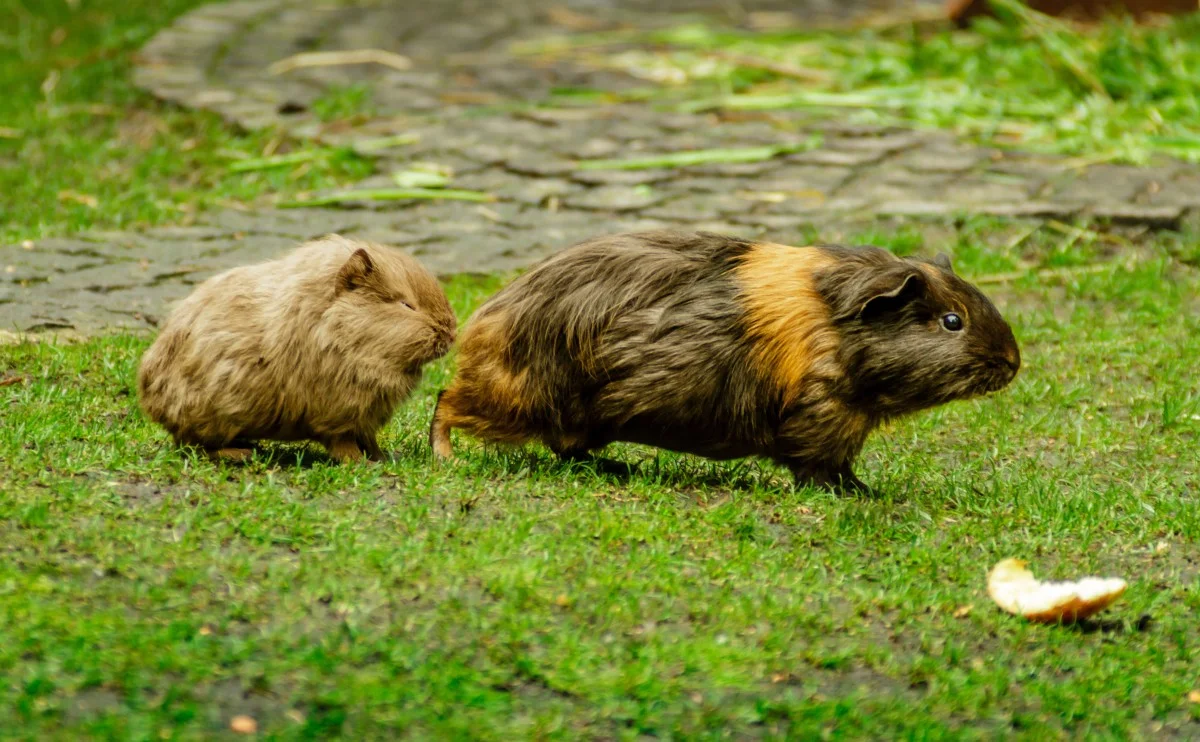
Guinea Pig:
Moderate speed, relying on quick bursts for evasion.
Bunny:
Can achieve high speeds, especially during bursts of rapid movement.
Comparison: Bunnies exhibit higher speeds compared to guinea pigs, enabling them to cover more ground quickly.
Ecological Implications: Speed influences foraging efficiency, predator avoidance, and territorial behaviors, shaping the ecological dynamics of each species.
9. Agility:
Guinea Pig:
Limited agility, primarily relying on hiding and quick movements.
Bunny:
Highly agile, capable of quick turns and maneuvers.
Comparison: Bunnies display superior agility compared to guinea pigs, contributing to their effectiveness in avoiding predators and navigating diverse terrains.
Ecological Implications: Agility influences the ability to access different habitats and evade predators, shaping the ecological roles and niches of these species.
10. Senses:
Guinea Pig:
Well-developed sense of hearing and smell.
Limited vision, with a wide field of view.
Bunny:
Excellent hearing and a strong sense of smell.
Large eyes provide a broad field of vision.
Comparison: Both species rely on keen hearing and smell, but guinea pigs have limited vision compared to the larger-eyed bunnies.
Ecological Implications: Sensory adaptations are crucial for detecting predators, finding food, and navigating their environments, influencing their roles in ecosystems.
11. Overall Physical Capacity:
Guinea Pig:
Limited physical abilities, adapted for evasion and hiding.
Bunny:
More versatile physical capabilities, including powerful hind legs for defense and rapid movement.
Comparison: Bunnies exhibit a more diverse range of physical capabilities compared to guinea pigs, reflecting different ecological roles.
Ecological Implications: The overall physical capacity of each species affects their ability to exploit resources, avoid predators, and contribute to ecosystem dynamics.
12. Habitat Preference(s) and Geographic Region:
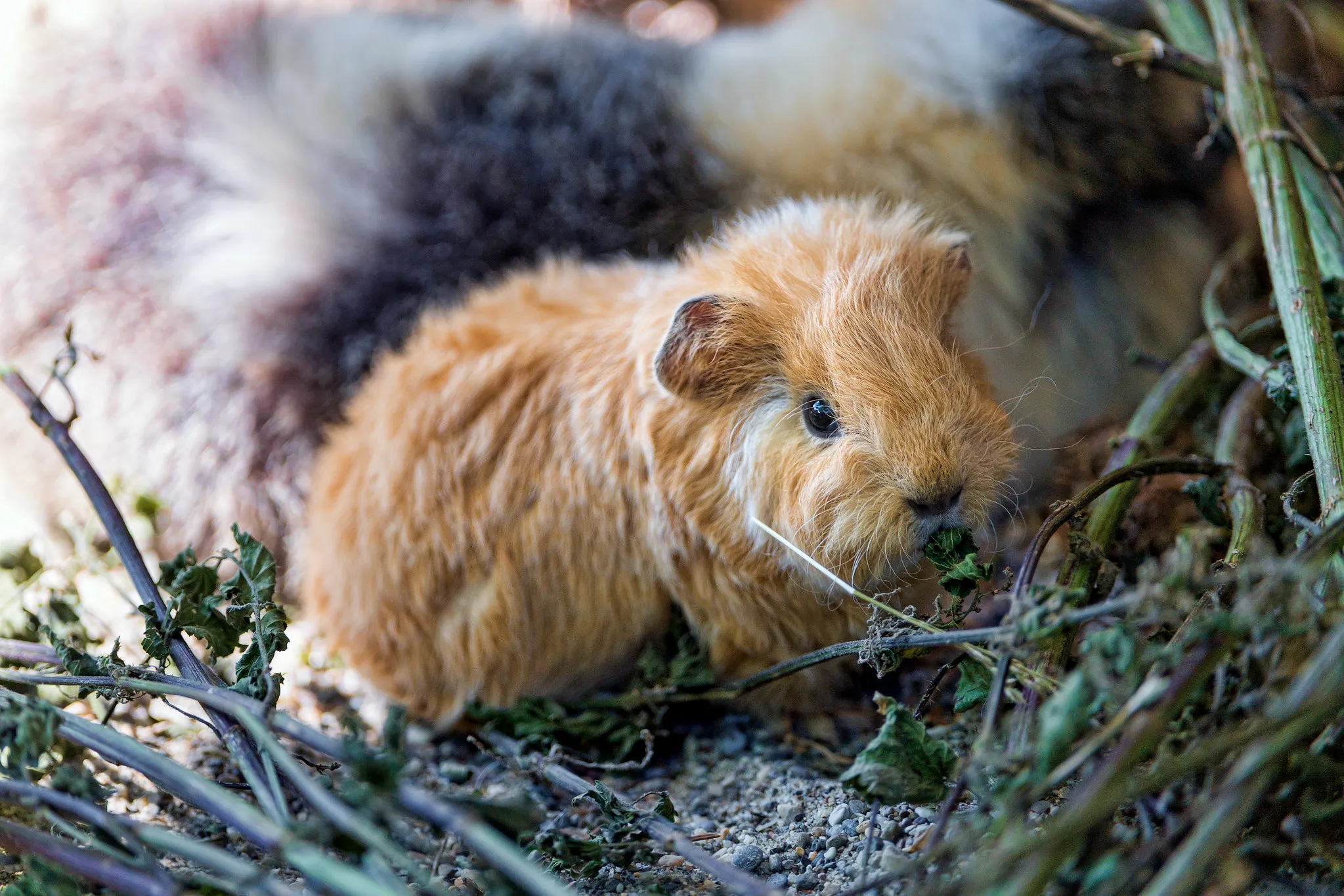
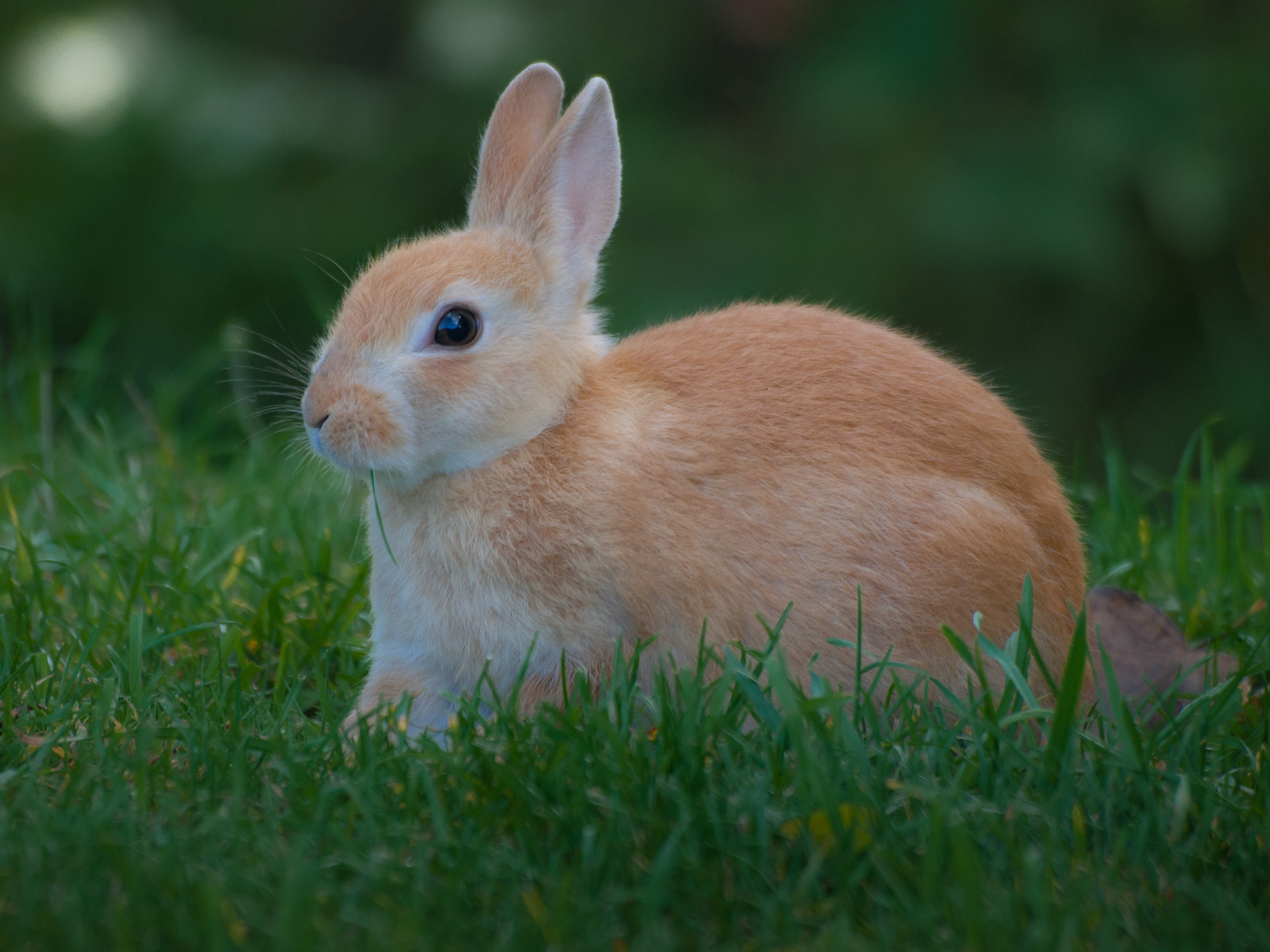
Guinea Pig:
Prefers grassy areas and shrublands in South America.
Bunny:
Adaptable to various habitats, including meadows, forests, and deserts, found globally.
Comparison: Guinea pigs have a specific habitat preference in South America, while bunnies are more adaptable, occupying diverse environments worldwide.
Ecological Implications: Habitat preferences determine the geographical distribution and ecological impact of each species within their respective ecosystems.
13. Tracks:
Guinea Pig:
Tracks characterized by small, rounded footprints close to the ground.
Bunny:
Larger, distinctive tracks with imprints of powerful hind legs.
Comparison: The tracks of guinea pigs are smaller and more discreet, while bunny tracks are larger and show the influence of their powerful hind legs.
Ecological Implications: Track identification aids in understanding the movement patterns, behavior, and territoriality of each species in their habitats.
14. Lifespan:
Guinea Pig:
Average lifespan ranges from 5 to 7 years.
Bunny:
Generally lives longer, with an average lifespan of 7 to 10 years.
Comparison: Bunnies, on average, have a longer lifespan compared to guinea pigs.
Ecological Implications: Lifespan influences reproductive strategies, population dynamics, and the long-term impact of each species on their ecosystems.
15. Mode of Feeding:
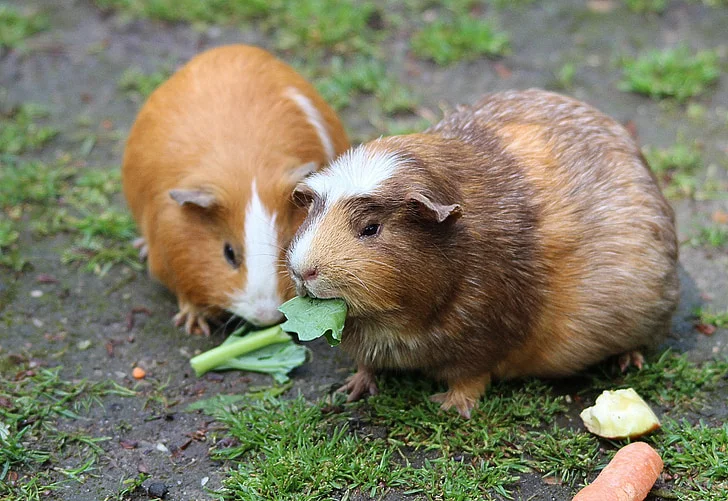
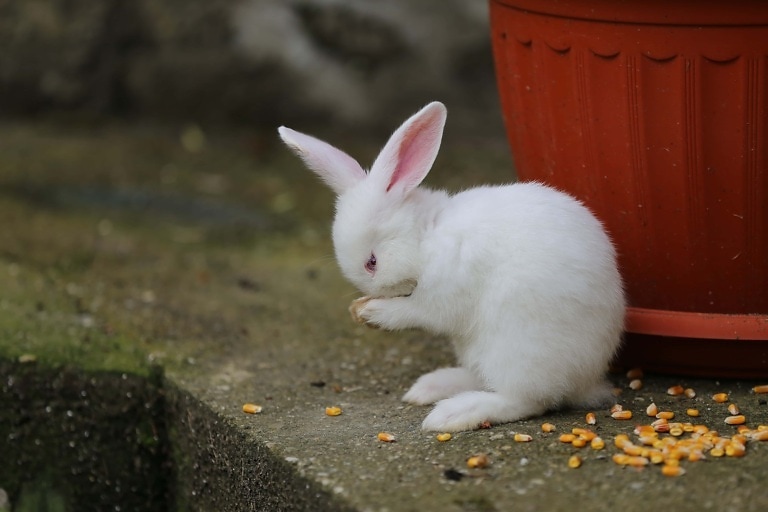
Guinea Pig:
Herbivorous, primarily consuming grasses and leafy greens.
Bunny:
Herbivorous, with a diverse diet including grasses, vegetables, and sometimes bark.
Comparison: Both species share a herbivorous diet, but bunnies exhibit a more varied feeding behavior.
Ecological Implications: Dietary preferences impact vegetation consumption, influencing plant communities and nutrient cycling in their habitats.
16. Intelligence:
Guinea Pig:
Displays social intelligence, forming bonds with cage mates.
Bunny:
Known for problem-solving abilities and social intelligence.
Comparison: Bunnies tend to exhibit higher problem-solving abilities compared to guinea pigs.
Ecological Implications: Intelligence influences social dynamics, foraging strategies, and adaptation to environmental challenges in their respective habitats.
17. Social Behavior:
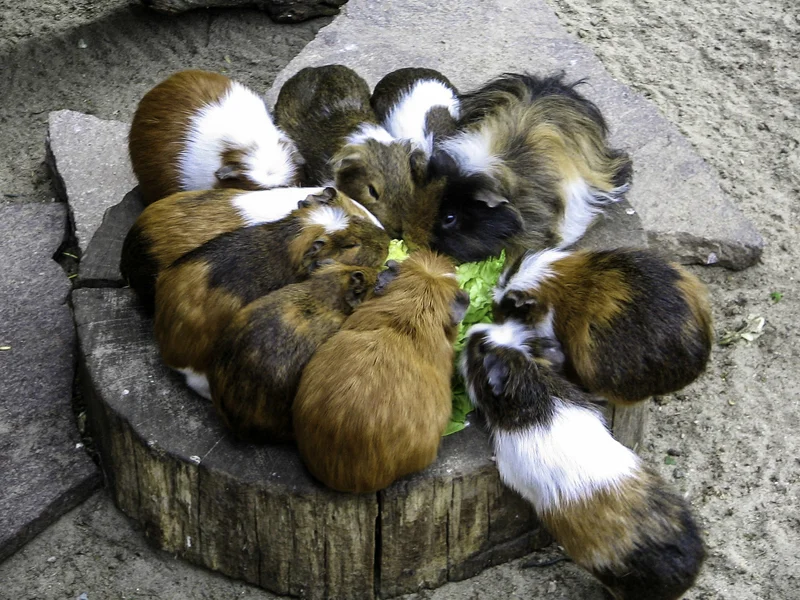
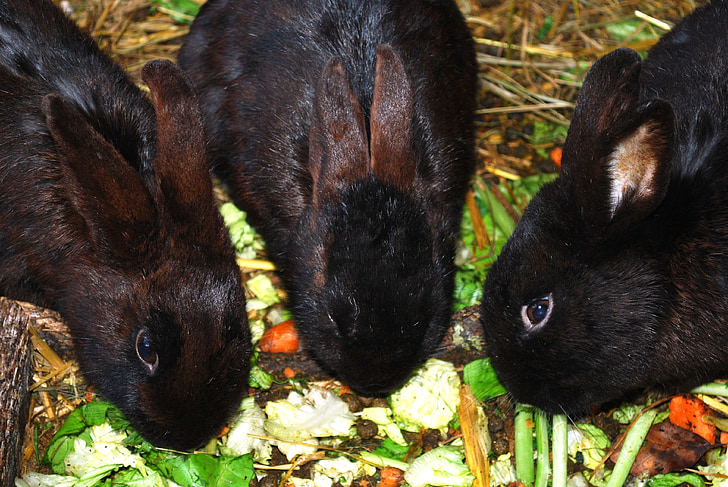
Guinea Pig:
Social animals that thrive in groups.
Bunny:
Social creatures, often forming close bonds with other bunnies.
Comparison: Both species are social, but guinea pigs are known for forming close-knit groups.
Ecological Implications: Social behavior affects reproduction, predator avoidance, and the overall dynamics of each species within their ecosystems.
18. Mode of Reproduction:
Guinea Pig:
Prolific breeders with a relatively short gestation period.
Bunny:
Also reproduces prolifically with a short gestation period.
Comparison: Both guinea pigs and bunnies exhibit prolific reproductive behaviors and short gestation periods.
Ecological Implications: Reproductive strategies impact population dynamics, competition for resources, and the overall ecological balance in their habitats.
19. Parental Behavior:
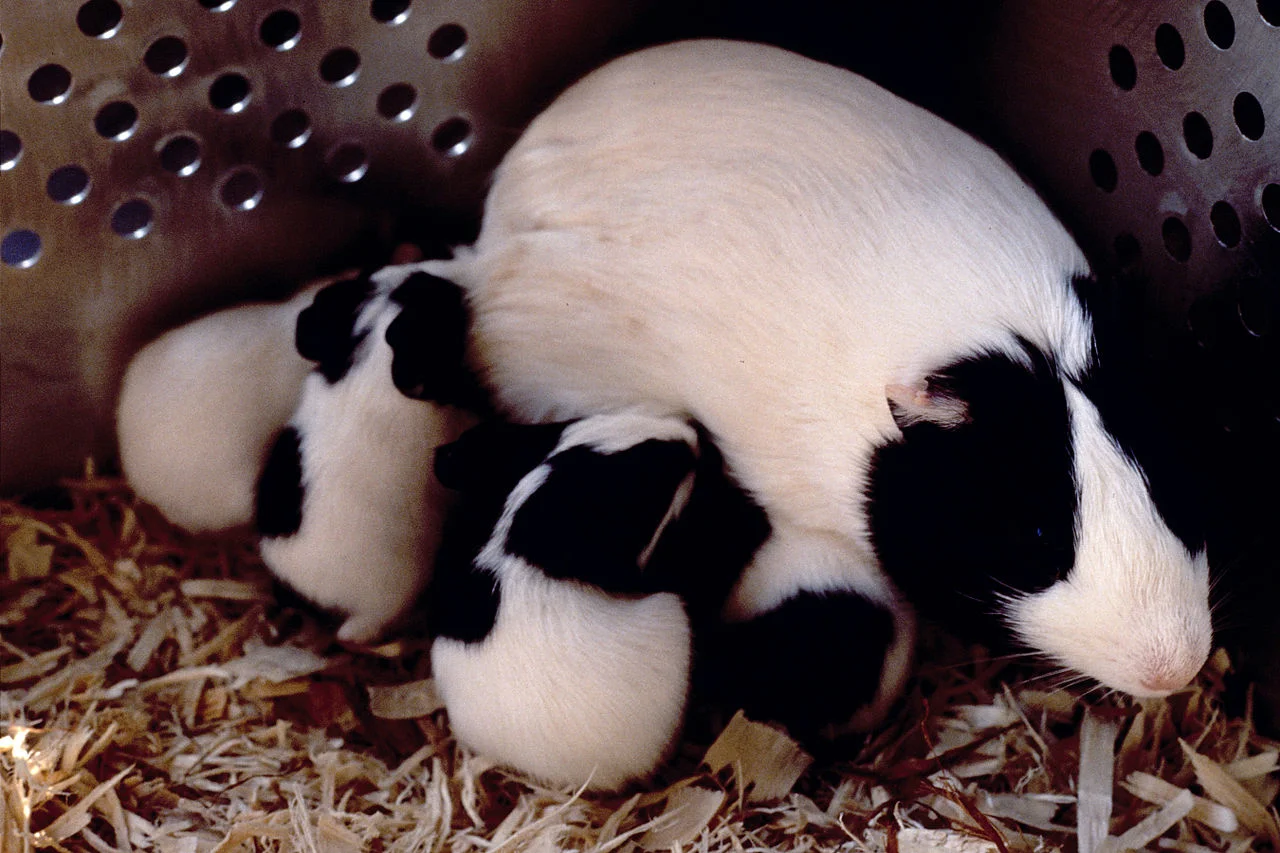
Guinea Pig:
Exhibits maternal care, with females nursing and protecting their offspring.
Bunny:
Female bunnies provide maternal care, nursing and protecting their kits.
Comparison: Both species display maternal care, emphasizing the importance of parental involvement in the survival of their young.
Ecological Implications: Parental behavior influences the survival rates of offspring and contributes to the stability of each species’ population in their ecosystems.
20. Proximity to Human-Inhabited Areas:
Guinea Pig:
Commonly kept as pets, sometimes found in urban areas.
Bunny:
Domesticated as pets and found in various environments, including urban and suburban areas.
Comparison: Both guinea pigs and bunnies have adapted to human-inhabited areas, often as popular domesticated pets.
Ecological Implications: Their proximity to human habitats can impact local ecosystems and raises considerations for responsible pet ownership and potential ecological disturbances.
21. Behavior Toward Humans:
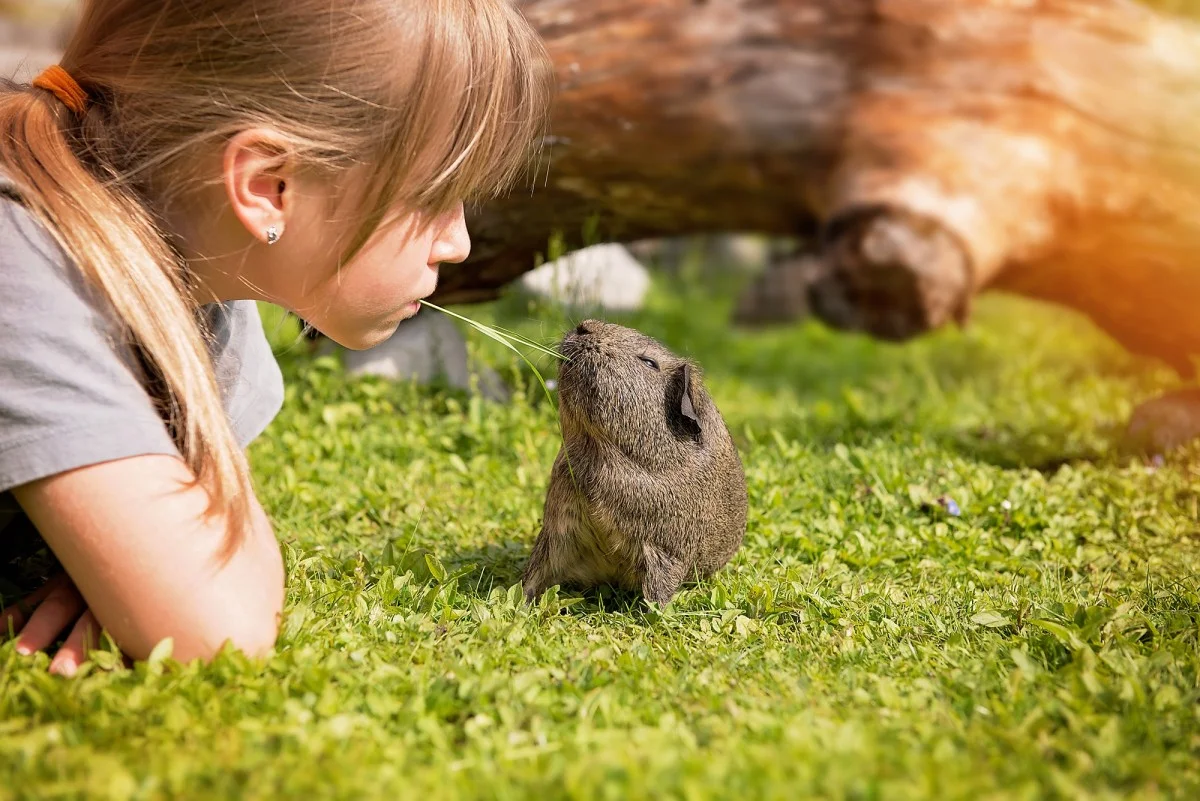
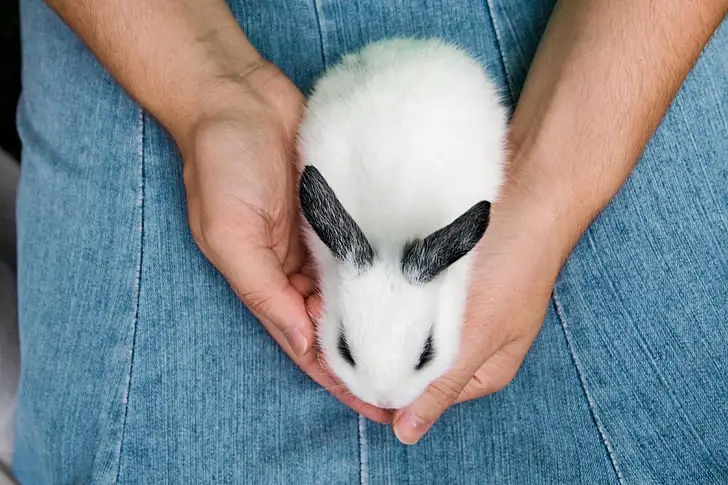
Guinea Pig:
Generally docile and can form bonds with human caregivers.
Bunny:
Varied behavior, some can be social and affectionate, while others may be more independent.
Comparison: Both guinea pigs and bunnies can exhibit sociable behavior towards humans, but individual personalities vary.
Ecological Implications: Interactions with humans can influence the behavior, health, and welfare of these species in domestic and potentially wild settings.
22. Danger Posed to Humans:
Guinea Pig:
Generally poses minimal danger to humans; may nibble but rarely exhibits aggressive behavior.
Bunny:
Can scratch or bite when feeling threatened; some breeds may be more prone to aggressive behavior.
Comparison: While both species may display defensive behaviors, bunnies may pose a slightly higher risk of aggression, especially when stressed or cornered.
Ecological Implications: Understanding potential dangers helps in managing interactions between these animals and humans, especially in domestic settings.
23. Associated Precautions:
Guinea Pig:
Regular handling and proper care reduce the likelihood of defensive behaviors.
Bunny:
Approach with caution, especially unfamiliar individuals; provide a secure environment to prevent stress.
Comparison: Both guinea pigs and bunnies benefit from gentle handling and attentive care, minimizing potential risks associated with defensive behaviors.
Ecological Implications: Responsible care practices contribute to the well-being of domesticated individuals and influence human-animal interactions in various settings.
24. Conservation Status:
Guinea Pig:
Domesticated; not considered under threat in captivity.
Bunny:
Various wild species face conservation concerns due to habitat loss, predation, and diseases.
Comparison: While guinea pigs are not typically considered in terms of conservation, certain wild bunny species may face threats in their natural habitats.
Ecological Implications: Conservation considerations are crucial for maintaining biodiversity, especially for wild bunny species facing habitat challenges.
*Summary of Comparison
Size and Appearance:
Guinea Pig: Small, compact with various fur colors.
Bunny: Larger, elongated body with diverse fur patterns.
Weight:
Guinea Pig: Weighs 1.5-2.5 pounds.
Bunny: Heavier, around 2-5 pounds.
Dentition and Bite Force (PSI):
Guinea Pig: Moderately strong bite force.
Bunny: Stronger bite force, especially with powerful hind legs.
Physical Abilities:
Guinea Pig: Limited physical offensive and defensive capabilities.
Bunny: Powerful hind legs for both defense and rapid movement; agile.
Speed and Agility:
Guinea Pig: Moderate speed, limited agility.
Bunny: Higher speed, highly agile with quick turns.
Senses:
Both rely on keen hearing and smell; guinea pigs have limited vision compared to bunnies.
Habitat and Geographic Range:
Guinea Pig: Prefers grassy areas in South America.
Bunny: Adaptable globally, found in various habitats.
Tracks:
Guinea Pig: Small, rounded footprints.
Bunny: Larger tracks with imprints of powerful hind legs.
Lifespan:
Guinea Pig: 5-7 years.
Bunny: 7-10 years on average.
Mode of Feeding:
Both are herbivorous, but bunnies exhibit a more varied diet.
Intelligence:
Guinea Pig: Social intelligence, forming bonds.
Bunny: Known for problem-solving abilities.
Social Behavior:
Both are social, with guinea pigs forming close-knit groups.
Reproduction and Parental Behavior:
Both are prolific breeders with short gestation periods; exhibit maternal care.
Proximity to Humans:
Both adapted to human-inhabited areas as popular pets.
Behavior Toward Humans:
Generally docile, both can exhibit sociable behavior, but individual personalities vary.
Danger Posed to Humans and Associated Precautions:
Guinea Pigs: Minimal danger; may nibble.
Bunnies: Some risk of scratching or biting, especially when stressed.
Conservation Status:
Guinea Pig: Domesticated; not considered under threat.
Bunny: Wild species may face conservation concerns due to various threats.
Conclusion:
-Similarities:
Both guinea pigs and bunnies are herbivorous mammals with prolific reproductive habits and social behaviors. They exhibit adaptability to human-inhabited areas and are commonly kept as pets.
-Differences:
Differences include size, physical capabilities, lifespan, habitat preferences, and potential risks to humans. Guinea pigs are generally smaller, less agile, and have a shorter lifespan, while bunnies exhibit greater size, agility, and a longer lifespan. Understanding these distinctions is essential for their responsible care and management in various environments.

